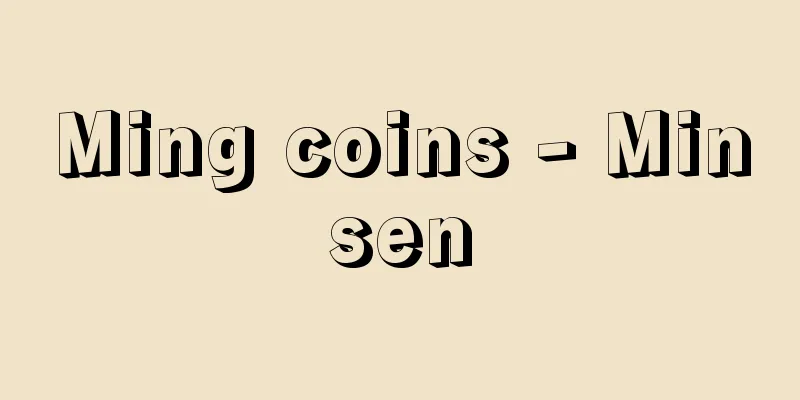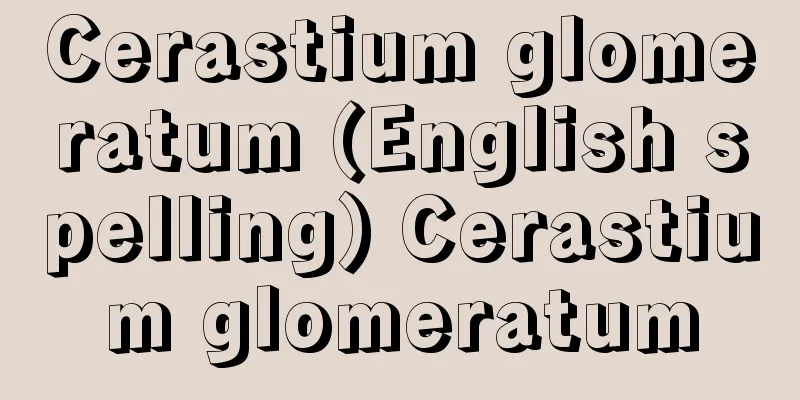Ming coins - Minsen

|
Coins minted during the Ming Dynasty (1368-1644) in China. Before ascending to the throne, Emperor Taizu Hongwu had the Dazhong Tongbao minted in 1361 (Zhizheng 21) during the Yuan Dynasty, and had the Hongwu Tongbao minted and issued in 68 years after his accession (Hongwu 1). After this, the Yongle Tongbao was minted under the third emperor Yongle, the Xuande Tongbao was minted under the fifth emperor Xuanzong, and the Hongzhi Tongbao was minted under the ninth emperor Xiaozong. In the second half of the 15th century, the 11th emperor, Shizong, minted the Jiajing Tongbao coins, and also minted nine types of coins bearing the era names from Taizu to the 10th emperor, Wuzong (Hongwu, Yongle, Hongxi, Xuande, Zhengtong, Tianshun, Chenghua, Hongzhi, and Zhengde coins). Therefore, the surviving Hongxi, Zhengtong, Tianshun, Chenghua, and Zhengde coins were all minted in 1553 (the 32nd year of the Jiajing era). The Jiajing Tongbao coins were also the first brass coins to be made. After this, the Ming dynasty generally minted coins bearing the era names of each successive generation. In Japan, after the Twelve Imperial Coins, the Kamakura and Muromachi periods, there was no official minting of coins. However, as the demand for currency increased with the development of industry from the 14th century onwards, during the Muromachi period, Ming coins such as Hongwu, Yongle and Xuande Tongbao were imported and circulated, in addition to Song and Yuan coins from China. However, Ming coins were not popular with the people of the time, and were often refused to be accepted (selected coins). This often caused problems in commercial transactions and the collection of annual tax payments, so the Muromachi Shogunate, feudal lords and large temples issued orders banning the selection of coins, trying to make all coins of equal value and to allow them to be exchanged without selection, but this had little effect. There is a legend that during the Warring States period, the Hojo clan of the Kanto region made the Yongle Tongbao the standard currency, and the coins gathered in the Kanto region. In 1636 (Kan'ei 13), the Edo Shogunate implemented a policy of unifying circulating currency by issuing Kan'ei Tongbao, and banned the use of Ming coins. [Momose Kesao] [Reference] |Source: Shogakukan Encyclopedia Nipponica About Encyclopedia Nipponica Information | Legend |
|
中国の明代(1368~1644)に鋳造された銭貨。太祖洪武帝(こうぶてい)は即位前、元(げん)の1361年(至正21)に大中通宝を鋳、即位後68年(洪武1)に洪武通宝を鋳造発行させた。こののち3代世祖永楽帝(えいらくてい)のとき永楽通宝、5代宣宗のとき宣徳(せんとく)通宝、9代孝宗のとき弘治(こうち)通宝を発行。15世紀後半11代世宗は嘉靖(かせい)通宝を鋳、またさかのぼって太祖から10代武宗までの年号をつけた9種の銭(洪武、永楽、洪煕(こうき)、宣徳、正統(せいとう)、天順(てんじゅん)、成化(せいか)、弘治、正徳(せいとく)の諸通宝)を鋳造した。したがって現存する洪煕、正統、天順、成化、正徳通宝は、いずれも1553年(嘉靖32)の鋳造である。嘉靖通宝には、初めて真鍮銭(しんちゅうせん)もつくられている。こののち明では、おおむね代々その年号を付した銭貨を鋳造している。 日本では、皇朝十二銭ののち鎌倉・室町時代には銭貨の官鋳をしなかった。しかし14世紀以降産業の発達に伴い貨幣需要が増大したため、室町時代には、中国の宋(そう)・元銭のほか、洪武・永楽・宣徳通宝など明銭が輸入され流通したが、明銭は時人の好むところとならず、しばしば受領を拒否された(撰銭(えりぜに))。このため商取引、年貢銭収納などに円滑を欠くこと多く、室町幕府や大名、大寺院は撰銭の禁止令を出して、諸銭貨を同価値に、選除せず授受させようとしたが効果は少なかった。戦国時代、関東の北条氏が永楽通宝を基準貨幣としたため、同銭は関東に集まったという伝説がある。1636年(寛永13)江戸幕府は寛永(かんえい)通宝発行による流通貨幣統一政策を実施し、明銭の使用を禁止した。 [百瀬今朝雄] [参照項目] |出典 小学館 日本大百科全書(ニッポニカ)日本大百科全書(ニッポニカ)について 情報 | 凡例 |
<<: Petition for the Establishment of a Popularly Elected Assembly - Minsen Giinsetsuri Tsukenpaku
>>: Democratic Party - Minseito
Recommend
Enmeigiku (prolonged life chrysanthemum) - Enmeigiku
…There are many flowers with the name daisy, such...
The Tale of the Mouse - The Tale of the Mouse
A fairy tale from the Muromachi period. The author...
Sanuki Naganao - Sanuki Naganao
783-862 A government official in the early Heian ...
Asurian Union - Asurian Union
…He formed a struggle alliance against Sukarno an...
Wesel-Datteln Canal - Wesel-Datteln
…A canal stretching 269 km from Dortmund in centr...
External character - External character
This is the number obtained by subtracting the num...
Aragonite - Hailstone
Like calcite, it is a calcium carbonate mineral an...
Campeche (English spelling)
The capital of the state of Campeche in eastern Me...
ego ideal (English) egoideal
...In this way, the superego is passed down from ...
Chukot Peninsula - Chukot Peninsula
The Chukchi Peninsula is a peninsula in the northe...
Mitsuhashi Kaisho - Sankyo Kaisho
This was a meeting place for the Edo Togumi Group ...
"Song of Kannan" - Kannan no Uta
…He was an ardent follower of the goddess Shakti,...
Kyoto Humanities Garden
...It was later moved to a former naval fuel depo...
Polyploid
...There are cases where organisms in a genus or ...
Chin (English spelling)
One of Myanmar's seven states. Located in the ...









